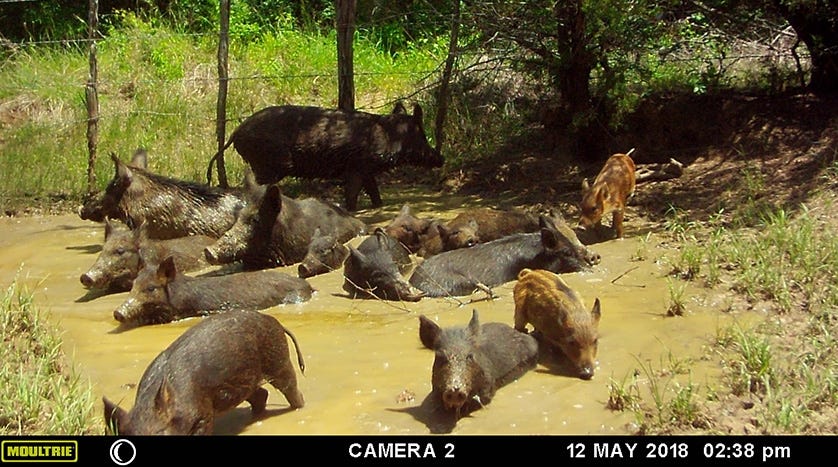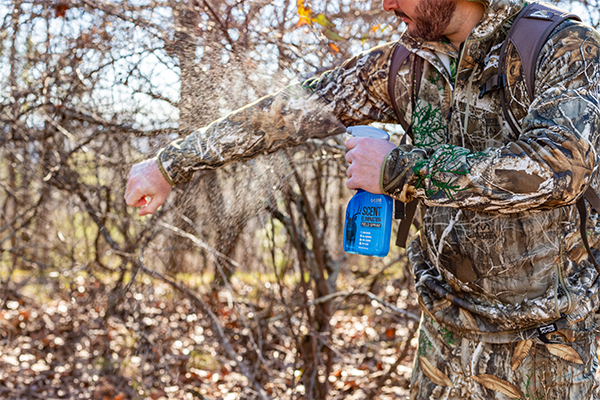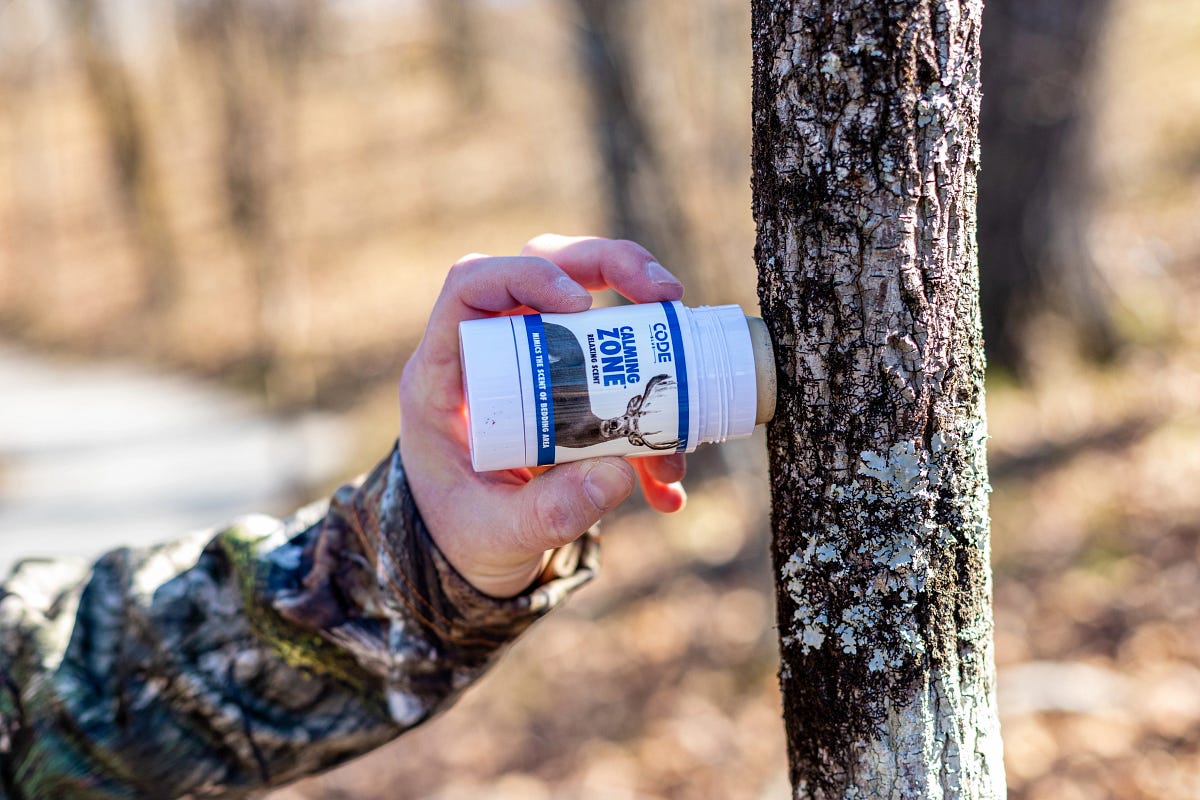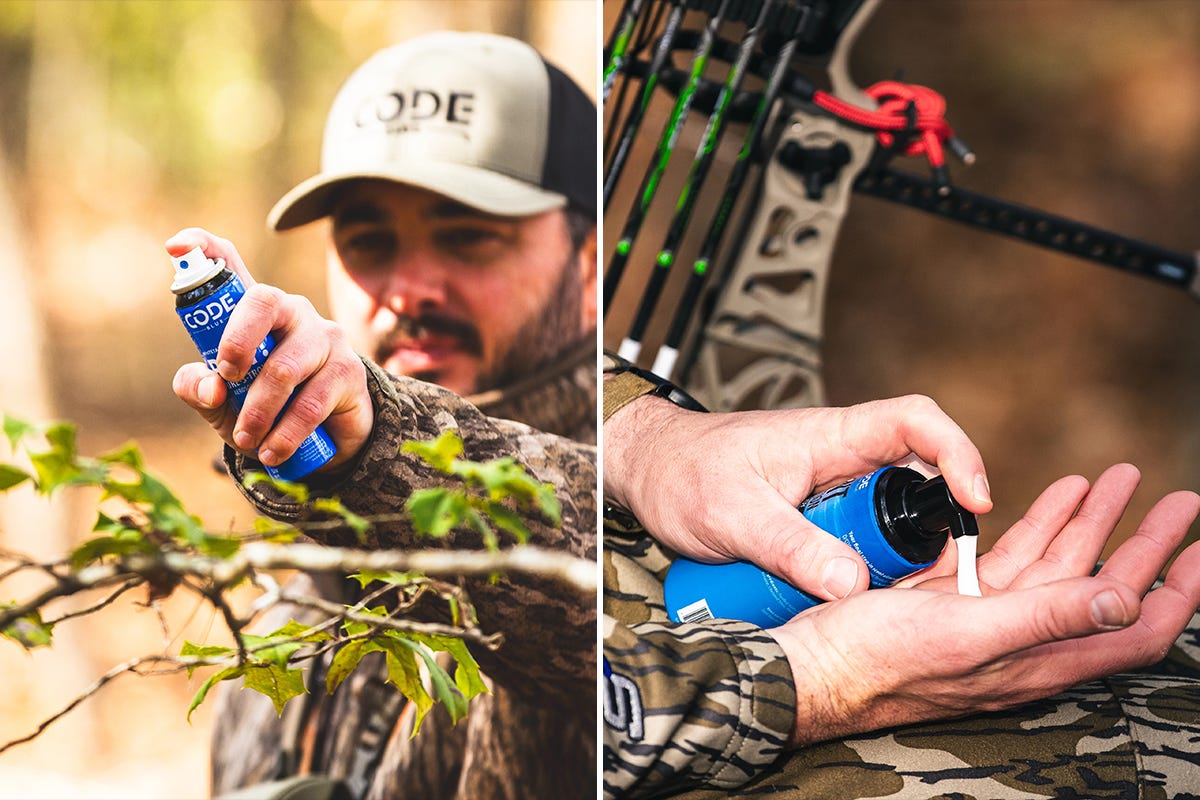- Feb 11, 2019
How to Scout for Wild Hogs

Like most game animals, daily patterns and routines of feral hogs are primarily going to be based on current food sources and access to cover. Their home range can encompass more than 1,000 acres or be as small as 500 acres during heavy hunting pressure.
Once they’ve located a consistent food source, hogs will often congregate and feed until the source is exhausted or no longer available. In most cases, you’ve hit the jackpot when you can locate a heavily used feeding area that offers quick and easy access to protective cover. However, in late winter in areas of large timber, hogs may roam or wander more, looking for acorns still on the ground. You’ll have to put in some work to locate the group leaving sign everywhere.
If you’ve never scouted for hogs or you think you might have a recent group invade your property, then be on the lookout for these six signs that you have feral hogs!
WALLOW |
Muddy wallows are easily identifiable and often used by hogs to cool off and to build up a protective covering of mud on their skin to combat biting insects and direct sunlight. Look for wallows around creeks and in bottomlands and also near pond or lake runoffs. If recently used, the wallow will be filled with muddy water and be surrounded by lots of pig tracks.
ROOTING |
These locations are easy to recognize, because it looks like someone or something has plowed up the ground and left behind numerous deep holes and craters. You’ll find areas of rooting in and around feeding areas, such as agricultural fields, food plots, acorn flats and creek banks, etc. Look for pig tracks to confirm you have them.
RUBS |
Rubs are made when hogs scratch themselves on trees, fence posts, and rocks, which typically leave behind obvious signs such as mud streaks and hair. You’ll typically find rubs around and near wallows. These smaller trees can have the bark completely worn off and be covered in mud. Look for rubs 12 to 24 inches up on saplings and arm-sized trees.
TRACKS |
Hog tracks are somewhat similar to deer tracks in appearance, but their toes are more rounded and the entire track is wider in comparison to its overall length. Look for tracks around wallows, creeks, ponds, muddy areas around food plots and agricultural fields and anywhere you find ground rooted up.
HAIR |
Hog hair can be long and is very wiry or coarse. It can be brown, black, white or red in color. Look for hair stuck in between barbed-wire fence wherever you find worn-out crossings under fences. You’ll also find hog hair on rub trees.
SCAT OR DROPPINGS |
Hog scat or droppings almost look like small piles of calf manure. You’ll find it in small multi-layered clumps. If you find a lot of scat in one location, then you are probably near a food source or bedding area — either one being a good place to look for a good stand location.
One of the fastest ways to pinpoint hogs is to rely upon a network of game cameras to cover key locations. Once you locate current food sources, wallowing holes, and heavily worn trails or crossings place a game camera to know when the best times to hunt are. When you do set up a camera, spray some Code Blue Boar Urine or Sow in Heat Urine on a sapling in front of the camera. This will ensure the hogs are drawn directly in front of your camera for a clear picture. These scents also work great to put a hog in your shooting lane while hunting. Go with the most recent intel available and you’ll be bringing home the bacon in no time!






